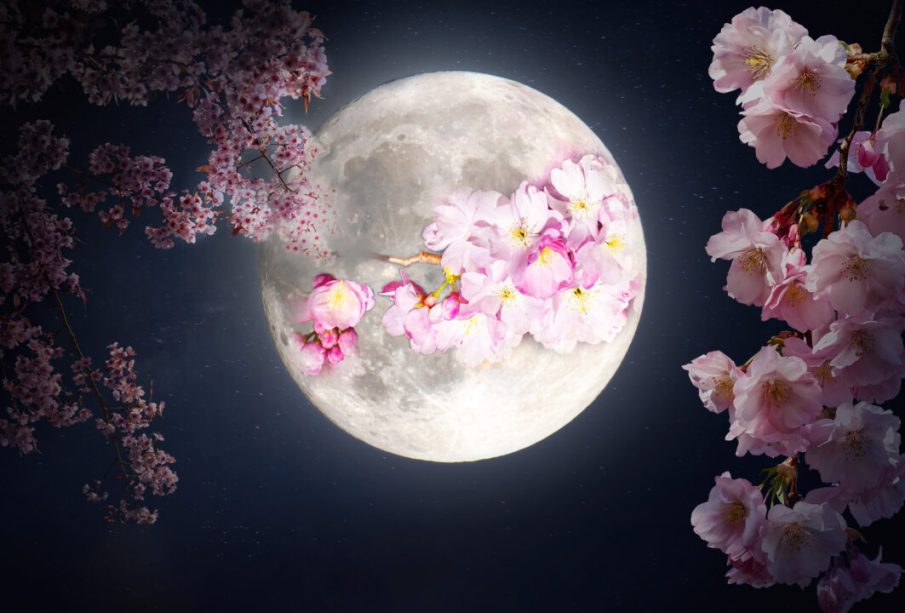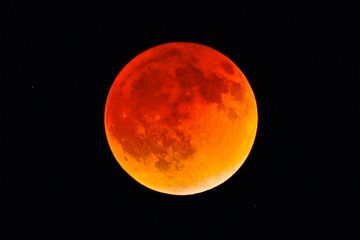The Significance of the Flower Moon

Introduction
The Flower Moon, a term originally derived from Native American tribes, represents the full moon that occurs in May each year. This celestial event is significant not only for its timing within the lunar calendar but also for its cultural and natural implications. As spring blooms, the Flower Moon symbolises renewal, growth, and the flourishing of life, making it a captivating topic for astronomy enthusiasts and nature lovers alike.
Background and History
The name ‘Flower Moon’ is attributed to the abundant flowers that emerge during this springtime period in North America. It is one of the many names given by various Native American tribes to identify lunar cycles, reflecting their deep connection with the Earth’s rhythms. The Flower Moon is often associated with themes of fertility and rejuvenation, embodying the spirit of spring when flora and fauna thrive.
The Flower Moon in 2023
This year, the Flower Moon occurred on May 5, 2023. Astronomically, it was a spectacular sight, coinciding with a penumbral lunar eclipse, adding a unique spectacle to the celestial gathering. According to NASA, the moon appeared particularly bright and luminous, making it an excellent opportunity for stargazers and photographers to capture its beauty.
Cultural Significance
The Flower Moon holds various meanings across cultures. In many traditions, it marks an important time for planting and farming, aligning with seasonal cycles for agricultural communities. Activities such as sowing seeds and determining harvests often coincide with the timing of the Flower Moon, illustrating its influence on human life and the natural environment.
Future Flower Moons and Ecological Impacts
Looking forward, the next Flower Moon will occur in May 2024, continuing its tradition as a symbol of spring and renewal. While the Flower Moon may not directly impact weather patterns, it does herald the blossoming of ecosystems, impacting the migratory patterns of birds and the growth cycles of various plants. Enthusiasts seeking to appreciate nature can take this time to engage in flora-related activities, such as gardening or hiking, to witness the bursts of life associated with this moon phase.
Conclusion
The Flower Moon is more than just a phase in the lunar calendar; it encapsulates the essence of spring, renewal, and interconnectedness with nature. As people turn their eyes skyward to observe this magnificent celestial event, it is a reminder of nature’s cycles and a call to appreciate the world around us. Whether through cultural celebrations or personal reflections, the Flower Moon holds a place of importance in both our calendars and our hearts.









